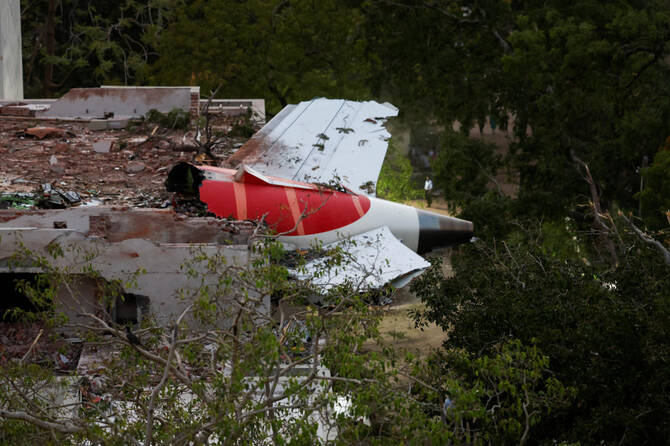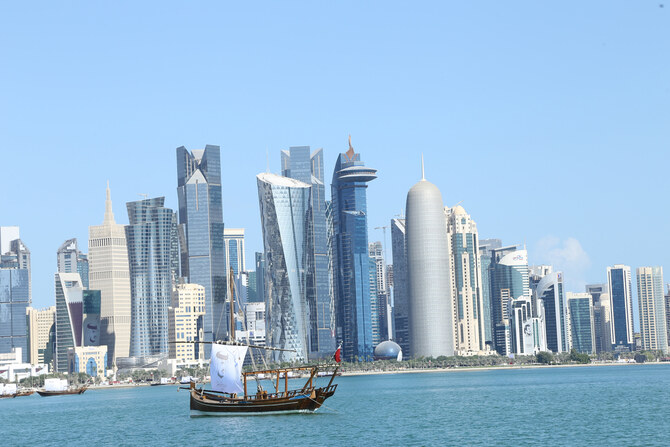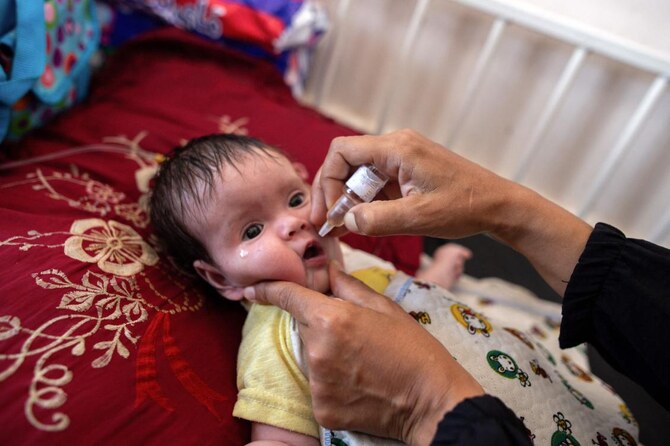The crash of a Boeing 787 passenger jet in India on Thursday has once again drawn attention to the aircraft manufacturer’s ongoing troubles, although the cause of the incident remains unclear. According to authorities, the Air India 787—commonly known as the Dreamliner—crashed just minutes after takeoff in the northwestern city of Ahmedabad, with over 240 people on board. This marks the first fatal crash involving the 787 since it entered service in 2009, based on data from the Aviation Safety Network. In response to the incident, Boeing’s shares fell by more than 5 percent in pre-market trading.
The 787 Dreamliner was notable for its pioneering use of lithium-ion batteries, which are lighter and more energy-efficient than traditional batteries. However, in 2013, the entire fleet was temporarily grounded due to battery overheating issues, which sometimes led to onboard fires.
The crash adds to Boeing’s ongoing safety concerns, particularly following previous issues with its 737 Max aircraft. The Max version was grounded globally after two fatal crashes—in Indonesia in 2018 and Ethiopia in 2019—that claimed 346 lives. Investigations revealed that a faulty sensor triggered a system that pushed the aircraft’s nose downward, and pilots could not recover. Boeing later redesigned the system to meet safety standards before the plane was cleared to fly again.
Just last month, Boeing reached an agreement with the U.S. Department of Justice to avoid criminal prosecution over allegations that it misled federal regulators during the 737 Max’s certification process prior to the two crashes.
Also Read:
Steven Looije: Offering Real Estate Expertise for Smart Investments With HUIS Real Estate
A Visionary Leader In Talent Acquisition And Advisory: Sanjeev Pradhan Roy



































